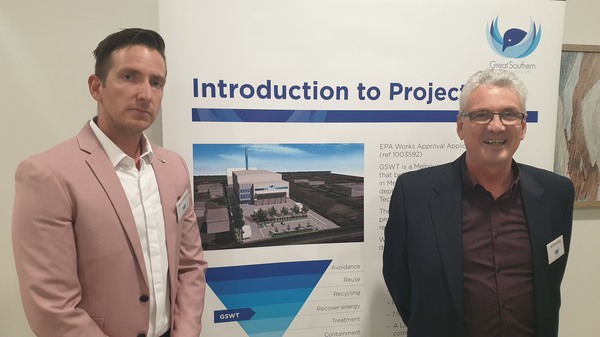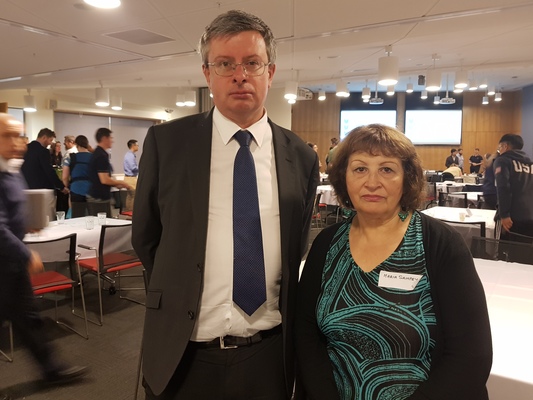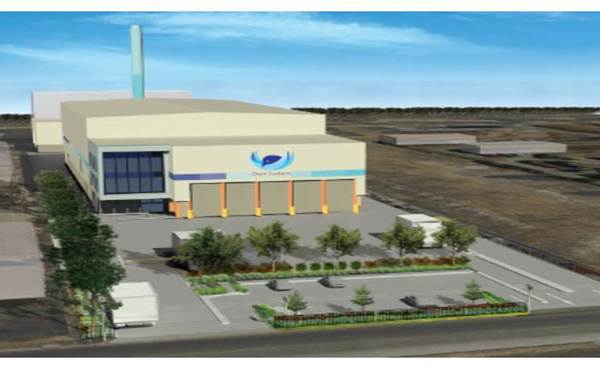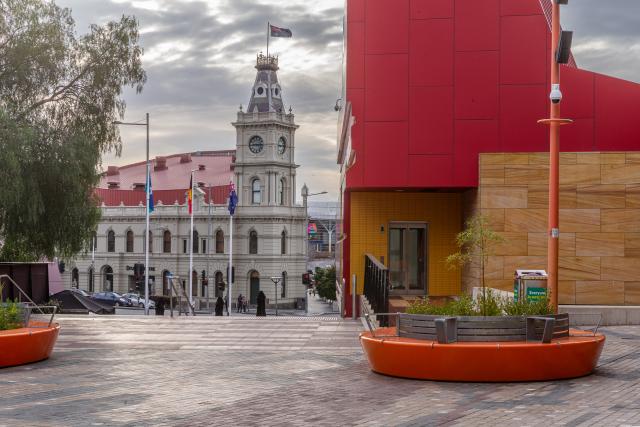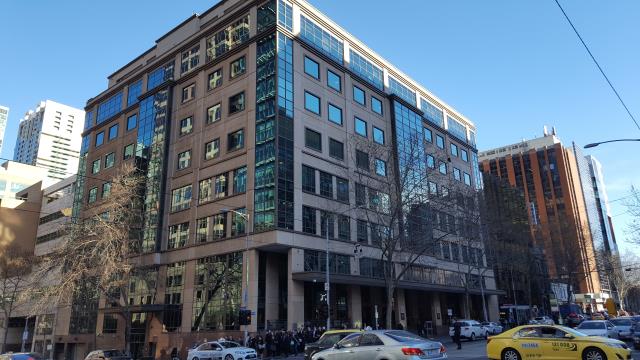A proposed waste-to-energy plant in Dandenong South has failed to make the shortlist in a 16-council consortia’s tendering for advanced waste solutions in Melbourne’s South East.
The blow wasn’t necessarily fatal to the controversial 70 Ordish Road project, according to Great Southern Waste Technologies chief operating officer Bill Keating.
“We’re considering our options,” Mr Keating said.
GSWT may try to work with the successfully shortlisted bids in the Metropolitan Waste and Resource Recovery Group’s (MWRRG) procurement process.
The three shortlisted bids were from Veolia Environmental Services Australia, Sacyr Environment Australia, and a consortium led by Pacific Partnerships and REMONDIS Australia.
Mr Keating told the Star Journal he was yet to be briefed on MWRRG’s reasons for overlooking GSWT’s bid.
Nearby schools and residents have strongly objected to potential air emissions and ground-level contaminants from the plant.
It has yet to be approved by state pollution watchdog Environment Protection Authority Victoria – which has sought more information on expected emissions.
A planning permit hearing at the Victorian Civil and Administrative Tribunal is also set for later this month.
Greater Dandenong councillor Matthew Kirwan said the waste-to-energy plant was now “certainly in doubt”.
“Though it is possible it will use commercial or industrial sources of waste.
“However will the EPA assessment (then) be valid? The feedstock assessment would have assumed a municipal waste mix.”
Greater Dandenong mayor Jim Memeti questioned whether the proposed plant was “too small” to satisfy the MWRRG’s aim to divert 80 per cent of household rubbish from landfill by 2030.
GSWT’s proposed waste-to-energy plant at an industrial-2-zone site offers to incinerate 100,000 tonnes of rubbish a year.
It would generate 7.9 MegaWatts of power into the grid – suffice for about 7000 homes and businesses.
GSWT also claims that its plant will reduce greenhouse gases, compared to landfill.
The MWRRG’s stated priority is to minimize, re-use or recycle waste – and then what’s left over to go to advanced waste processing.
The group also aims for best-practice environment protection requirements, energy efficiency and to not inhibit innovation in reducing or recycling materials.
It expects to award the tender for a 20-to-25-year contract by 2022, with construction of the advanced waste facility in 2023.

